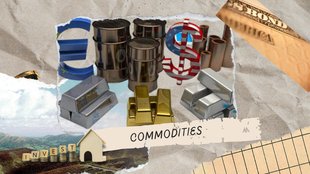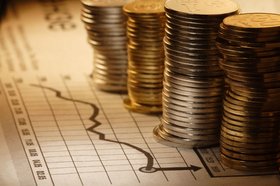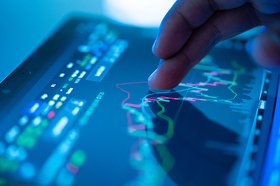Should You Invest In Commodities In 2025? (Pros & Cons)
When it comes to investing, most investors go for traditional investments like the stock market.
However, there’s a booming commodity market to explore.
By adding a rock-solid commodity investment to your portfolio, you can not only earn lucrative returns but also hedge against inflation.
However, the commodity market can be pretty volatile. If you’re more risk-averse, you might want to go for a much safer alternative investment like fine wine.
Let’s discover what commodity investing is, some different ways to invest in commodities, and the pros & cons of investing in them. We’ll also look at 4 fantastic commodities to add to your portfolio in 2024.
Then, we’ll cover why fine wine is an excellent alternative investment and how Vinovest makes wine investing super easy.
Further reading
- Explore the 5 Best Commodities To Hedge Against Inflation In 2024.
- Also, check out everything you need to know about the rewarding world of Fine Wine Investing.
What Is Commodity Investing?
A commodity is a raw material either consumed directly or used to produce another product.
Commodities are of two types:
- Hard commodities: Hard commodities are natural resources that are mined like gold, oil, and natural gas.
- Soft commodities: Soft commodities are grown or raised like wheat, coffee, or cattle.
Interestingly, commodity trading far predates other investments. The early days of commodity trading linked different cultures around the world. Think of the spice routes or the Silk Road.
But, investing in a raw material is very different today.
You can invest in commodities by directly purchasing them.
But, there are much simpler ways, including futures contracts, commodity stocks, or investing in commodities through a commodity exchange. You can also monitor prices of various commodities through a commodity index.
So, let’s look at some of the top-traded commodities today.
4 Fantastic Commodities To Add To Your Investment Portfolio In 2024
Here are some of the most widely traded commodities today:
1. Crude Oil
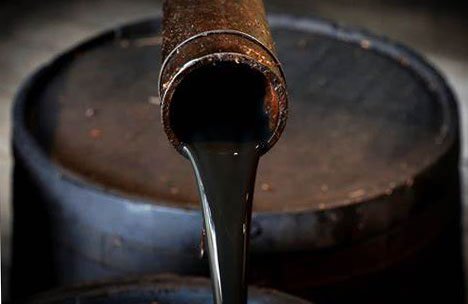
Crude oil gets refined into various products like gasoline, plastics, and even fertilizers.
This commodity strongly reacts to global demand and supply fluctuations. So, when demand increases and supply is low, prices rise.
Meaning, the crude oil market is incredibly volatile.
For example, in 2020, global lockdowns lowered the international oil demand. This led the oil futures market to go into the negative. People actually paid $37.63/barrel to not purchase the oil they agreed to buy.
But, in 2022, the Russia-Ukraine conflict shot up the oil price to $117 a barrel in March 2022. That’s only $30 less than the 2008 record high of $147 a barrel.
2. Gold

Gold is a physical commodity with many uses in the jewelry and technology industries. Also, gold bullion itself is a fantastic inflation hedge.
It’s an excellent inflation hedge because it holds or increases its value under inflationary pressure. In fact, gold investors have enjoyed about an 11% return in the past year.
As an investor you can:
- Buy gold coins and bullion
- Purchase stocks of gold smithing or mining companies
- Invest in a gold-focused mutual fund
A downside to investing in gold is that it doesn't always generate great returns. Also, there’re additional costs to storing and insuring gold bullion.
3. Other Precious Metals
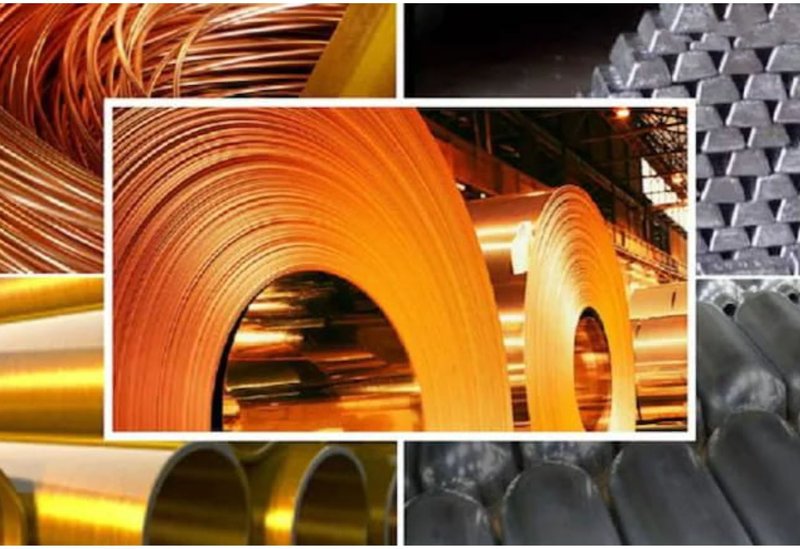
Other precious metals include industrial metals like platinum, steel, zinc, and many more. These metals get used in everything - from sunscreen to smartphones.
With such a wide variety of uses, this asset class provides excellent portfolio diversification.
Interestingly, the industrial metals supply is greater than gold, so their prices are typically much lower. But, the fact that they have so many uses positively impacts the commodity price of precious metals.
You can purchase precious metals directly and store them to sell at a later time. Or, you can invest in ETFs and mining company stocks.
4. Agricultural Products
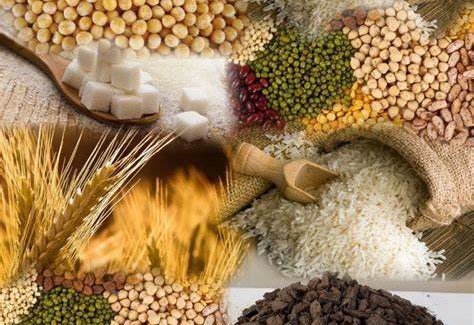
Agricultural commodities refer to everything from grain to livestock and are a stable commodity investment.
Whether we’re in a global recession or a booming economy, agricultural products will always have a demand.
Here are some ways to invest in agricultural commodities.
- Buy farm REITs
- Invest in agriculture stocks
- Invest in firms that grow crops
- Buy and lease out farming equipment
- Buy agricultural ETFs
Now, let’s look at some of the different ways to invest in commodities.
How To Invest In Commodities
Here are five rock-solid ways to add commodity investments to your portfolio:
- Own Physical Commodities
- Futures Contracts
- Commodity ETFs (Exchange Traded Fund)
- Commodity Stocks
- Commodity Mutual Funds
1. Own Physical Commodities

Investing in physical commodities involves actually owning the commodity itself. Gold, oil, and livestock are all examples of commodities you can actually purchase and sell directly in the commodity market.
The downside of investing in physical commodities is that they can get stolen, lost, or otherwise spoiled.
Furthermore, owning physical commodities can take up a lot of space. Not every private investor is capable of storing barrels of oil in their backyard. You’ll also have to find a buyer and negotiate prices, which is time-consuming.
That’s why when it comes to tangible assets, investors usually go for fine wine and real estate.
2. Futures Contracts

A commodity futures contract is an agreement to buy an underlying commodity for a certain price in the future. Commodity futures contracts are commodity derivatives that let you partake in futures trading without having to own physical natural resources.
Imagine you own a commodity futures contract that obliges you to buy crude oil at $100 a barrel. When your contract expires, oil could be at $115 a barrel. But your futures trading contract allows you to purchase it at $100 - much less than the market price.
Or, you can sell your futures contract to a buyer and receive a cash settlement.
3. Commodity ETFs

Commodity ETFs give you direct commodity exposure without the hassle of actually owning or trading commodities. Instead, you can invest in physical commodities or futures contracts through an Exchange Traded Fund.
For example, you can buy an ETF that owns physical oil, oil futures contracts, and various other commodities. This helps diversify your portfolio, and you can sell your holdings when you like.
A potential risk of a commodity ETF is that the underlying commodity itself doesn’t generate cash flow. So, your optimal return is the return on the commodity minus the fund's price.
4. Commodity Stocks
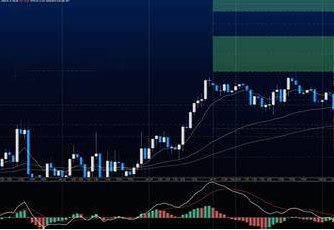
Another option is to invest in commodity stocks. This way, you can still benefit from a rise in commodity prices without having to physically store them.
For example, if you invest in the stocks of a milk company and the price of milk rises, the milk company stocks will automatically rise.
A secondary benefit of these commodity derivatives is that as production increases, so do profits.
5. Commodity Mutual Funds
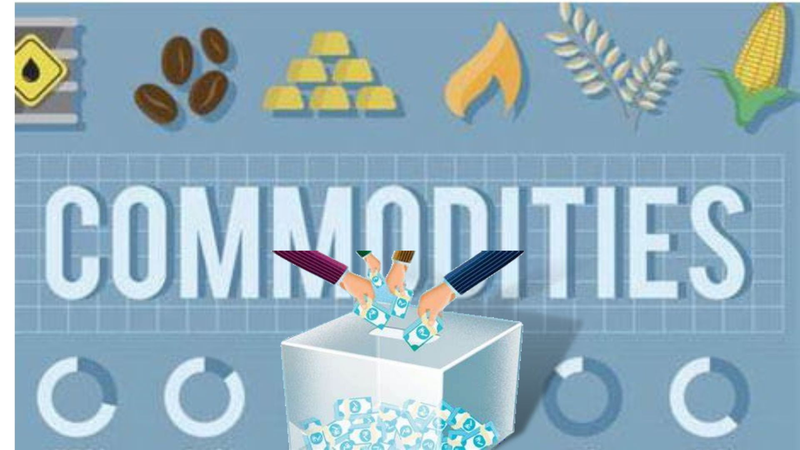
Commodity mutual funds are a more hands-off approach to commodity investing.
You can select a mutual fund and consult a fund manager for investment advice about which commodities to invest in. So, you can get commodity exposure and let a manager handle trading commodities for you.
A commodity mutual fund is similar to a commodity ETF, but it can’t be traded during the day. Instead, commodity mutual funds are purchased at the end of each trading day for a calculated price.
So, a commodity mutual fund is typically more expensive than an ETF because they require more time and manpower.
But, what are the benefits and disadvantages of investing in commodities?
Pros & Cons Of Investing In Commodities

Here are some of the main advantages of investing in commodities:
- Diversification: The commodity market usually provides very different returns from traditional investments like stocks. So, if you invest in commodities and stocks and the stock market crashes, your commodity investments could offset the loss.
- Inflation hedge: Commodity investments can provide protection from rising inflation. This is because commodity prices tend to increase with rising inflation.
So, if you own a commodity like gold, and inflation raises its price, you can sell your gold for much more.
- Lucrative returns: Individual commodity prices can fluctuate as the overall health of the economy shifts. Recently, the oil price has skyrocketed thanks to global supply chain issues and rising demand.
But, there are also some downsides to investing in commodities:
- Volatility: The commodities market is heavily influenced by trends in global demand, supply, and technological change.
For example, if the global oil demand decreases, the price will fall. If supply increases, the commodity price will drop. And if technology makes renewable energy alternatives cheaper, oil demand will drop, and prices will decrease.
- Asset concentration: While commodity investments help improve portfolio diversification, it's not so simple. A commodity fund that invests in only one or two industries is considered non-diversified.
Now, let’s look at an alternative investment with many similarities to other commodities but none of the downsides - fine wine.
Why Fine Wine is an Excellent Alternative Investment

Fine wine is an alternative asset class that provides lucrative returns, inflation protection, and diversification.
In 2021, fine wine generated 19% returns, while the annual inflation rate in the USA was 4.7%. So, if you account for inflation, fine wine generated 14.3% real returns in 2021.
So, fine wine is similar to commodities in terms of returns and inflation protection. However, the fine wine market is much more stable than the commodity market.
For instance, if you own a commodity like crude oil, there’s a significant chance its price will fluctuate drastically. It could increase in price, thanks to Russia invading Ukraine, or its price could fall due to global lockdowns.
On the other hand, a fine wine investment becomes more secure over time, even during a recession. This is because wines appreciate with age and become harder to find.
Fine wine investments also provide incredible diversity to your investment portfolio because there are so many wines to invest in. You can invest in different styles of Burgundies, Bordeaux wines, Italian wines, and Californian wines.
The easiest way to embark on your wine investment journey is to partner up with a trusted wine investment platform like Vinovest.
Vinovest will procure, authenticate, and manage a diversified portfolio of wines for you from around the world. They’ll even store them for you in optimal climate-controlled conditions and sell them to the highest price buyer at the right time.
Diversify Your Investment Portfolio with Fine Wine

Commodity investments add excellent diversification to your investment portfolio and can generate lucrative returns.
But, they can be volatile investments.
Luckily, an alternative asset like fine wine provides you with all these benefits as well as remarkable stability.
Diversify your portfolio today with a fine wine investment. Sign up with Vinovest today to invest in rare and authentic wines from around the world.
